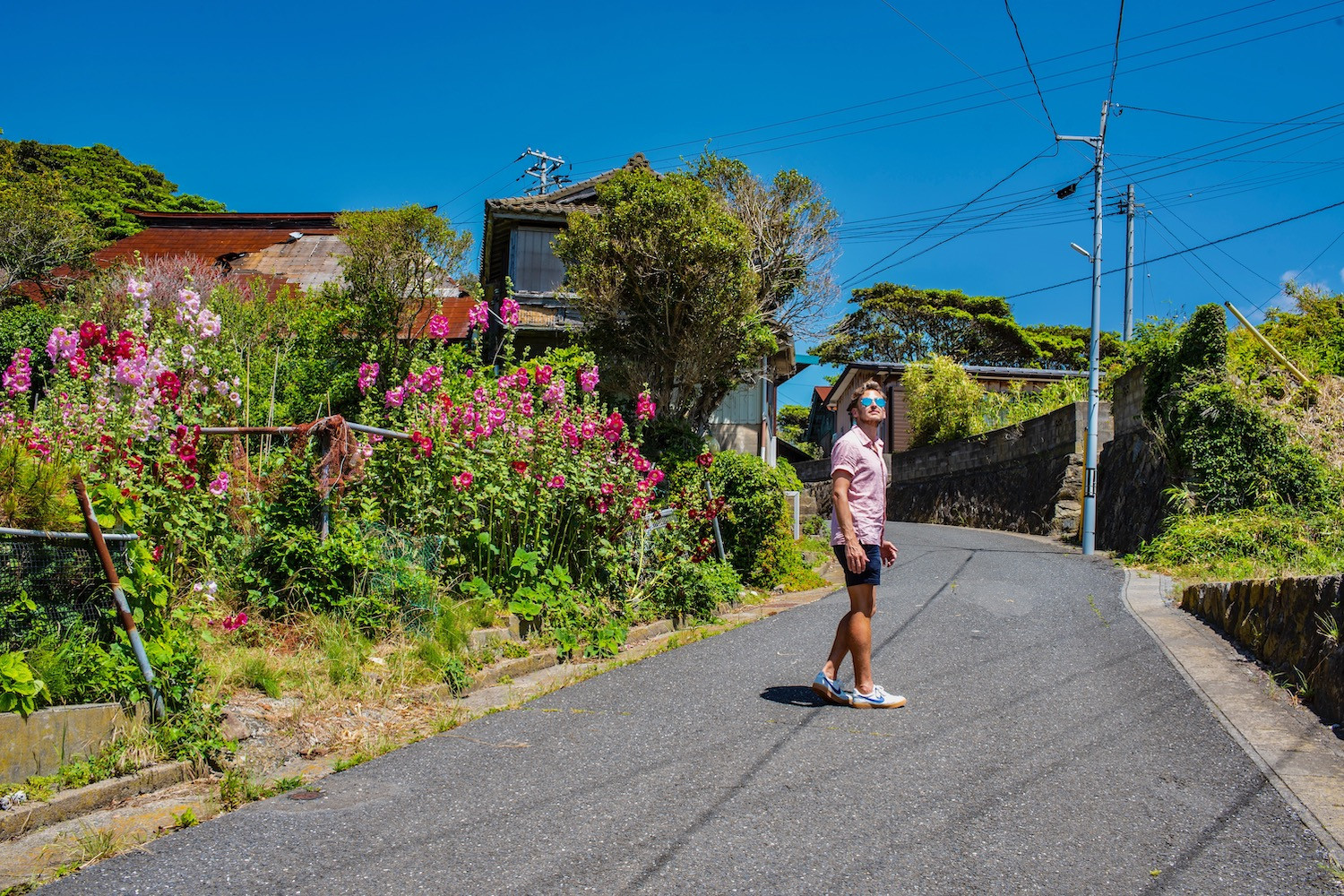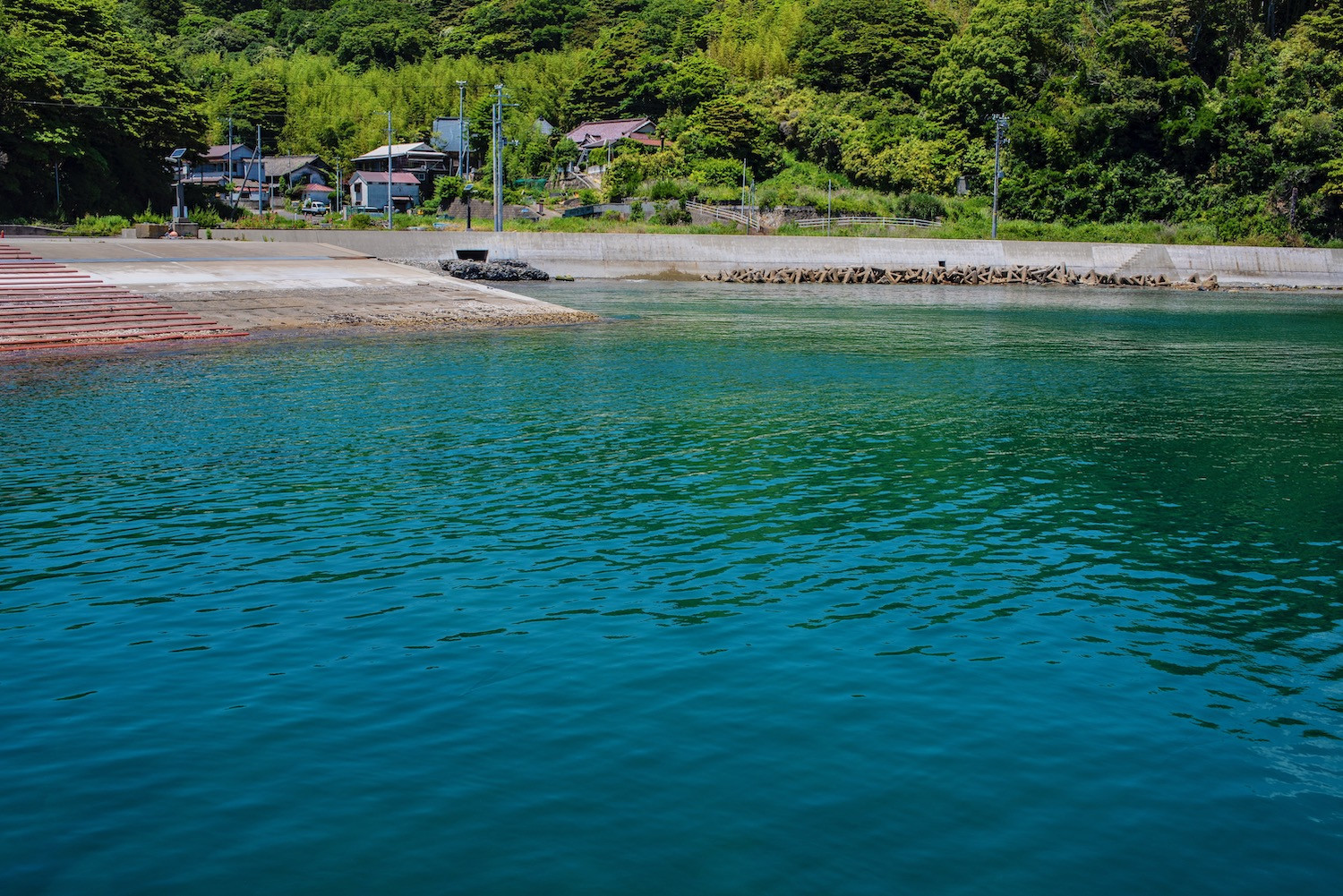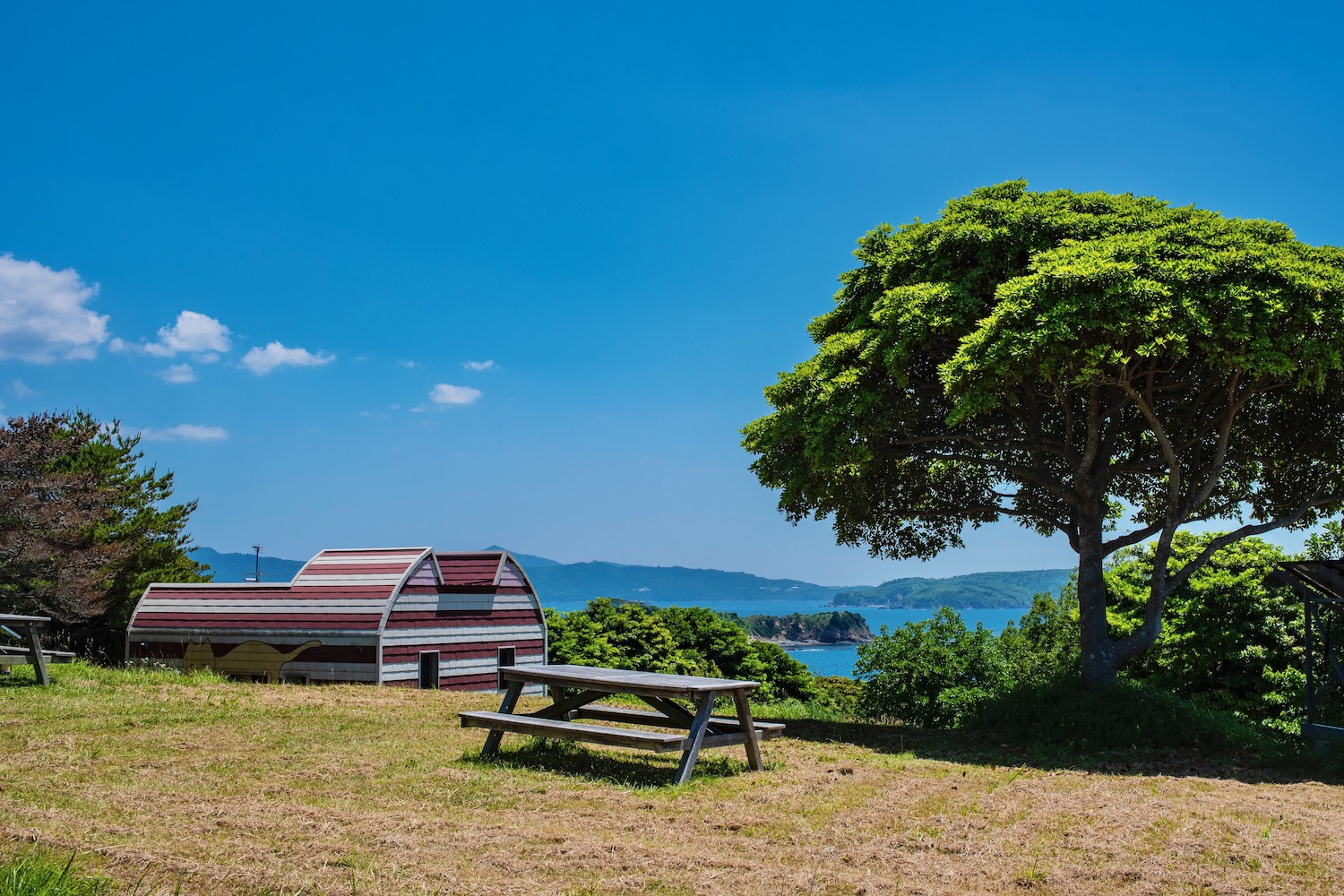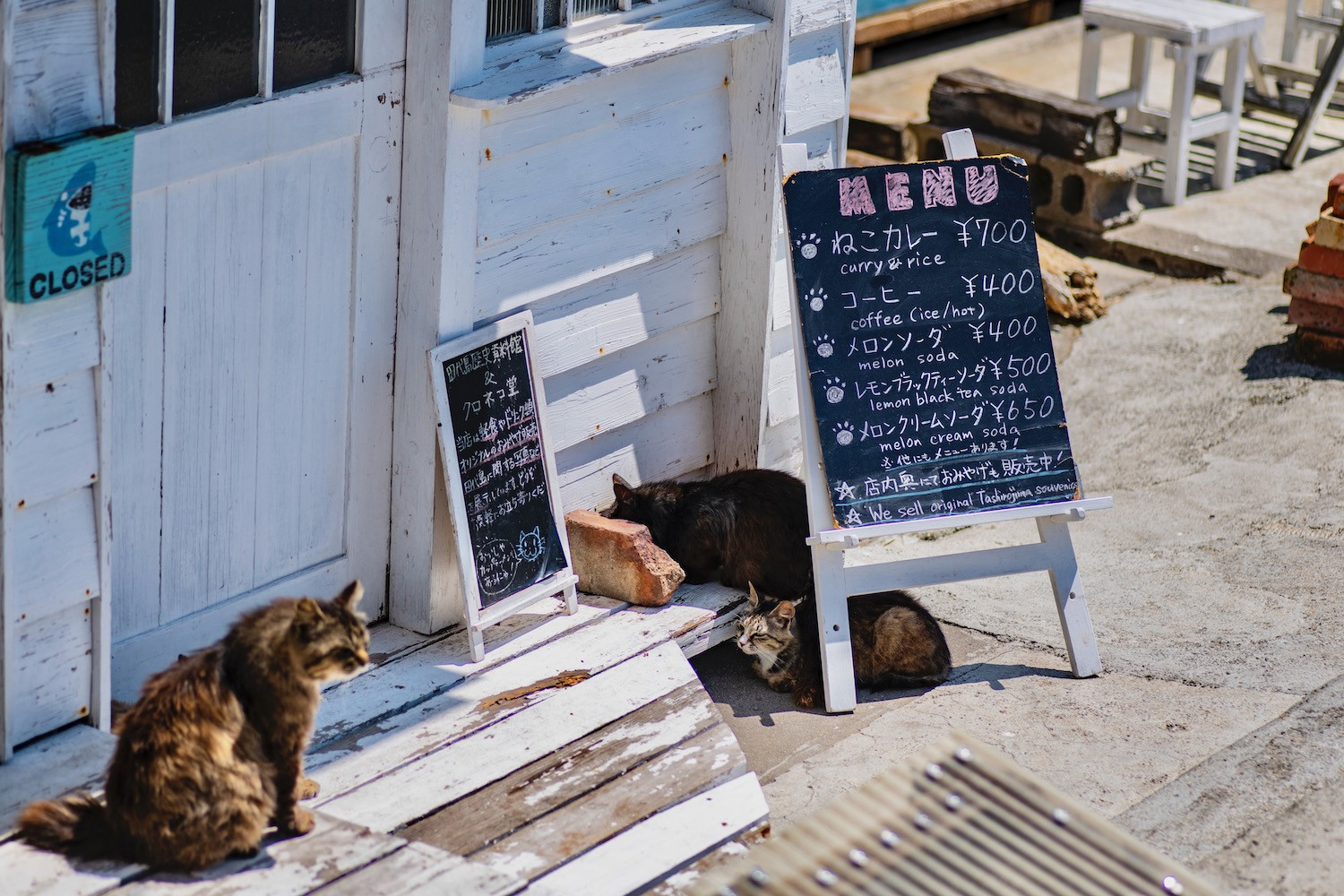More than ten years ago, on my inaugural trip to Japan, I operated under the assumption it would be my sole visit. Driven by this, I incorporated some unconventional destinations into my itinerary, notably including two of Japan’s famed “animal islands.”
My experiences on both Hiroshima’s Rabbit Island and Cat Island near Sendai left me somewhat underwhelmed. Social media had painted a picture of teeming wildlife, yet the reality seemed far less abundant. “Perhaps,” I mused, “I simply visited on an off day.”
Returning to cat island in Japan in 2024, I sought to reassess my initial impressions. Keep reading to discover the conclusions I’ve drawn this time around.
Need personalized help planning your Japan trip? Consider commissioning a custom Japan itinerary for expert guidance!
Unveiling the Reality of Japan’s Cat Island
The genesis of my fascination with Japan’s cat island on social media remains hazy. It was undoubtedly before my first trip – the very reason it made the cut for my itinerary. Recalling which specific cat island captured my imagination is also unclear. While Tashirojima near Sendai was my chosen destination, I now suspect the viral images may have originated from Aoshima, a cat island off the coast of Shikoku, which I haven’t yet explored.
While I can’t definitively compare the feline density of the Shikoku cat island to its Sanriku counterpart, my hunch is that similar photographic license may have contributed to its online virality. My experience on Okunoshima, the rabbit island near Hiroshima, certainly suggests a pattern of amplified expectations.
Exploring Tashirojima: Activities and Encounters
Discover Nitoda Town

For me, Nitoda, Tashirojima’s main village, stands out as a highlight, cats or no cats. Imagine quintessential Japanese rural architecture with an anime aesthetic, nestled under palm trees along a shimmering coastline. Intriguingly, many buildings exhibit a considerable age, a surprising detail given the island’s direct exposure to the tsunami.
Indulge in a Local Lunch

Dining options on cat island Sendai, while not numerous, do exist. This marks a positive change since my initial 2014 visit. Nankyo Kyowakoku Shimanoeki, a cafe conveniently located near the cat shrine (more on that shortly), is a comfortable choice, serving delightful cut udon soup featuring cat-shaped tofu. Alternatively, Kuronekodo, a smaller cafe in Nitoda, also offers refreshments.
Pay Respects at the Cat Shrine

On this recent visit, luck was on my side, and I encountered a few felines at Miyori Shrine. Otherwise, online depictions primarily showcase the shrine’s man-made cat-themed decorations. However, during my 2014 trip, the absence of actual cats rendered the walk from Nitoda to the shrine somewhat anticlimactic.
Wander to Odomari Port

If you allocate more than a few hours to Cat Island Japan – easily achievable by taking the first ferry from Ishinomaki – I recommend a walk to Odomari. This “second” port is about a 30-minute walk from Nitoda and 15 minutes from Miyori Shrine. Odomari exudes an even quieter atmosphere than Nitoda, offering a distinct ambiance, though feline sightings remained elusive for me there.
Consider (or Reconsider) Manga Island Camping

Just as the notion of Tashirojima lacking dining options is outdated, so too is the idea of no overnight accommodations. However, the Manga Island campground is decidedly basic, despite the novelty of cat-shaped cabins. While perhaps more charming than standard tents, “spartan” accurately describes the facilities. I haven’t yet stayed here, but will update this if I do.
Aoshima: Japan’s Alternative Cat Island
Despite potentially seeing images of Aoshima, the name itself remained unknown to me until years after my first Japan trip. By then, my slight disappointment with the “cat island” concept had diminished my interest in revisiting any. However, I must admit, a sliver of curiosity about Aoshima now persists.
Reaching cat island Shikoku, specifically Aoshima, necessitates a more involved journey. Travelers typically fly into Matsuyama from Tokyo, then take the JR Yosan Line to Iyo-Nagahama. From there, ferries operate relatively frequently to and from Aoshima. Whether Aoshima hosts a significantly larger cat population than Tashirojima remains to be personally verified.

Frequently Asked Questions About Japan’s Cat Islands
What is the cat population on cat island in Japan?
While it’s often claimed that cats equal or outnumber humans on Tashirojima, a closer look reveals a less dramatic reality. With only around 100 permanent human residents, even a cat population of 100, though substantial, results in a somewhat dispersed feline presence across the island.
Do people reside on Cat Island Japan?
Approximately 100 people are permanent residents of Tashirojima, the “cat island” near Ishinomaki. Aoshima, off the Shikoku coast, has even fewer remaining inhabitants. On any given day, tourist numbers likely surpass the local human population on both islands.
What accounts for the high cat population on cat island?
The relatively large cat population on Japan’s cat islands stems from two primary factors. Firstly, a portion of the island’s human residents opted against spaying or neutering their cats. Secondly, these cats, despite not being sterilized, were generally cared for, allowing them to reproduce and thrive.
In Conclusion: Cat Island Realities
If you are an ardent cat enthusiast, cat island in Japan might temper your expectations. While cats are indeed present, social media tends to exaggerate both their density and overall numbers. For an intense feline fix, a cat café in Tokyo or Osaka may prove more satisfying. However, if your itinerary includes Sendai or Ishinomaki, Tashirojima (its actual name) is a worthwhile day trip. Its tranquil beauty, independent of the cat population, offers a compelling experience.
Seeking more tailored advice for your Japan travels? Consider engaging my services for personalized itinerary planning!


